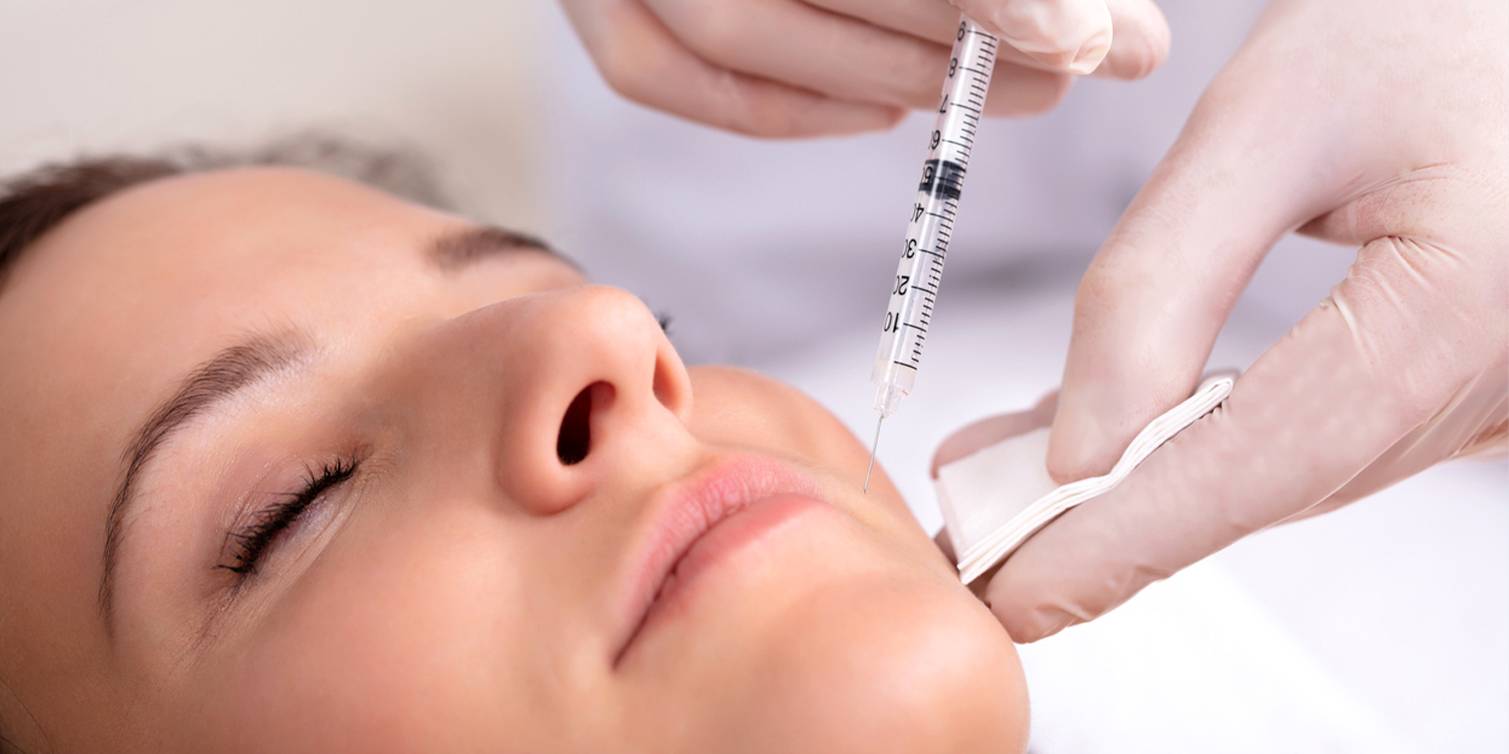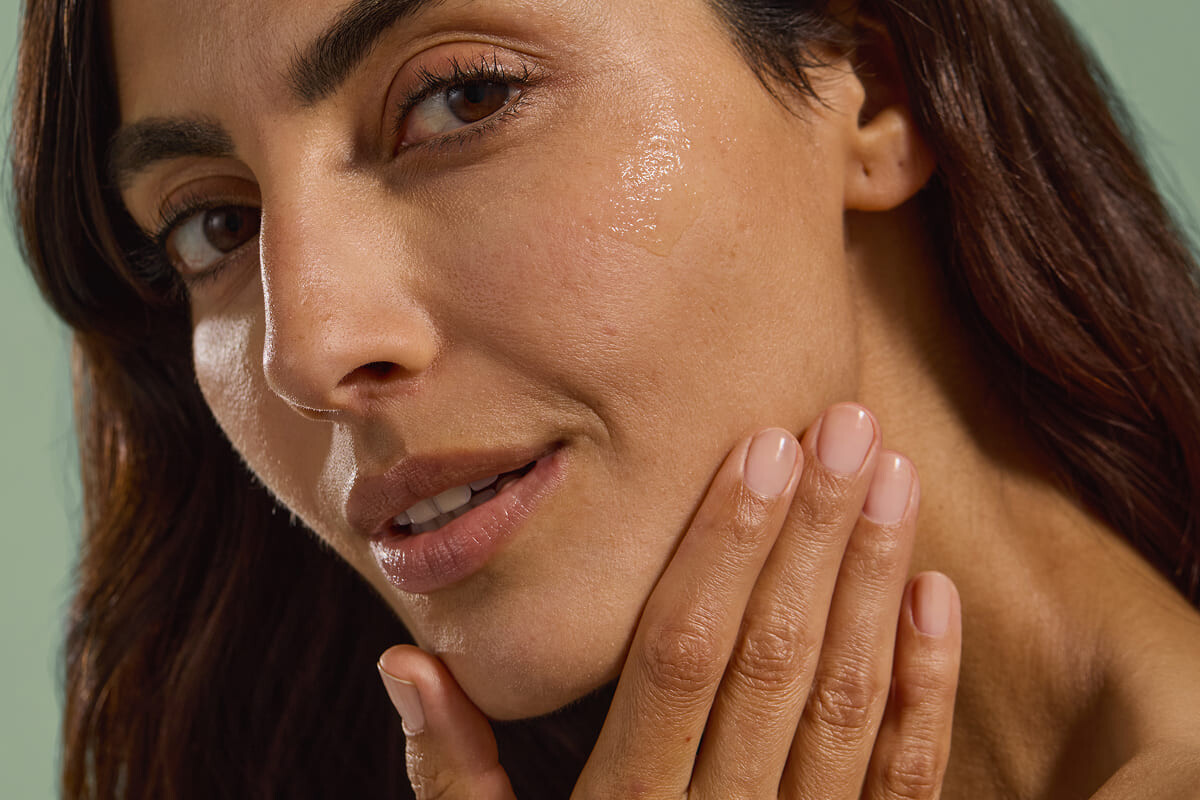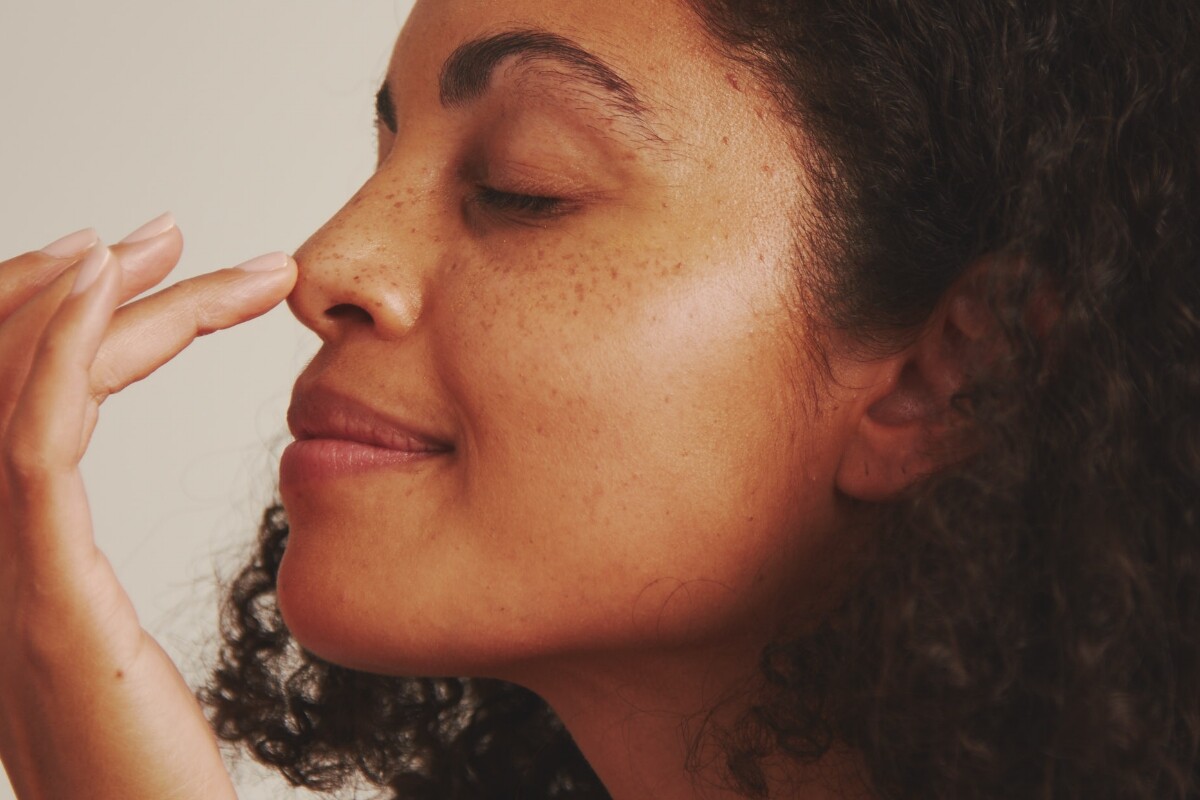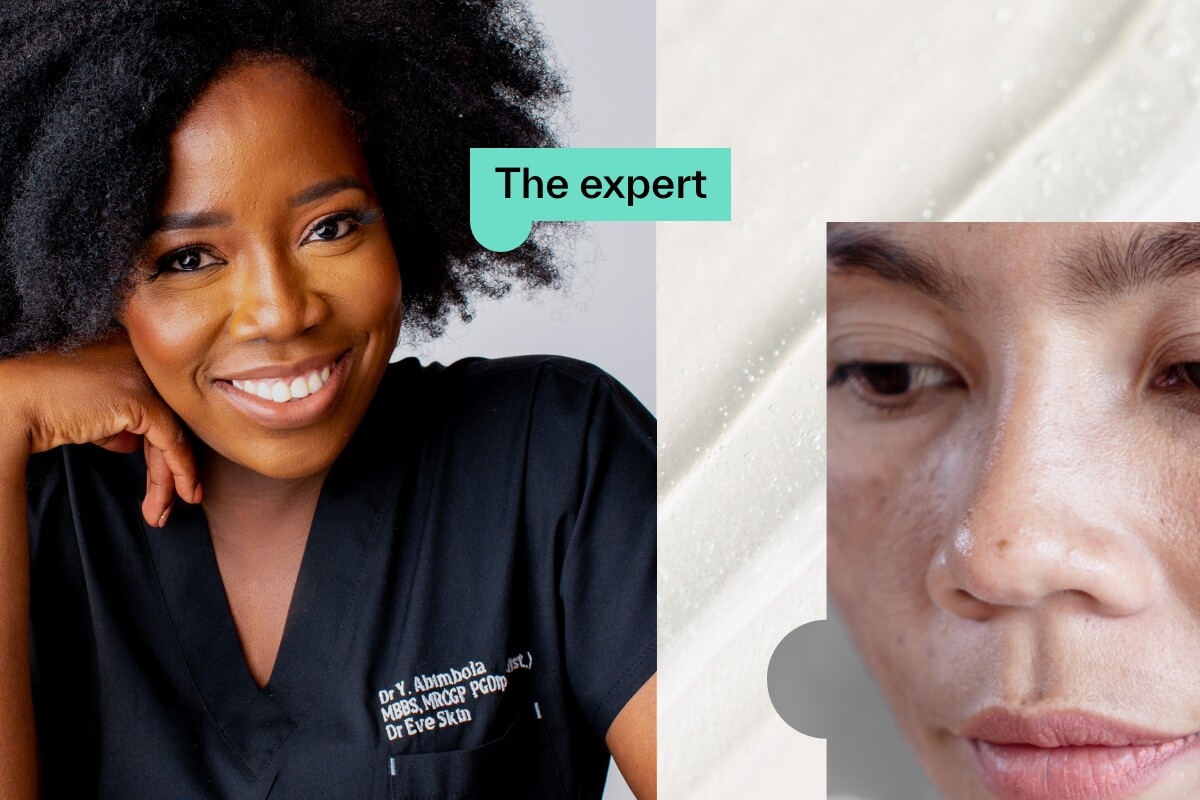Thinking about trying an advanced anti-ageing treatment? When it’s time to move on from store-bought solutions, many people find prescription retinoids (tretinoin) and anti-wrinkle injections like Botox are highly effective.
But, the question is, do you have to choose one or the other?
The short answer is: no, you don’t! Botox (Botulinium toxin) works on the muscles underneath the skin, while tretinoin works only within the epidermis layer of the skin itself, so neither interferes with the other. Retinoids work to reverse sun damage, even skin tone and reduce fine lines, but for deeper fine lines, some find that botox is a good supplement to retinoid treatment.
Let’s take a look at how they work.
Anti-wrinkle injections
Botox involves injecting a neurotoxin into specific areas of your face — that might sound scary, but all it does is stop nerve signals travelling to some facial muscles. The muscles can’t contract without these signals, which means your skin moves less, too. This softens the visible wrinkles on your skin and makes them appear less pronounced. It’s most often used to reduce forehead lines, crow’s feet (lines around your eyes), marionette and frown lines, but it won’t have an effect on very fine wrinkles.
Once you’ve had Botox injections, it can take 7–14 days to see the effects. The affected muscles won’t be able to contract for around 3–6 months — after this time, the signals will return, your facial muscles will begin moving again and any fine lines will need to be treated again. They will, however, become less noticeable with time because your muscles will shrink slightly.
Prescription retinoid skincare
Retinoids are some of the most popular anti-ageing ingredients available right now — that’s because of their fast cell-renewing abilities. After 8–12 weeks of retinoids boosting your cell turnover, you’ll have brighter, tighter skin and visible signs of ageing will start to reverse.
Retinoids are even effective on fine lines and wrinkles caused by sun damage, whereas other treatments — including Botox — won’t treat these specifically. With consistent use, topical retinoids also stimulate both collagen production and blood vessel growth, which also aids anti-ageing and results in a smoother, more supple complexion.
You may have heard of less powerful retinoids such as retinol and retinal, but at Dermatica, we offer prescription tretinoin and adapalene — which are only available after a consultation with a dermatology expert.
How to combine retinoids and Botox
There are a few simple safety measures we’d recommend if you’re going to be using tretinoin alongside Botox injections.
First, we’d advise you to inform your practitioner that you use tretinoin — you should always be asked to provide information about your current treatments before undergoing any cosmetic procedure. This is especially important if you’ve just started your treatment and are experiencing irritation, dryness or any other side effects.
Your practitioner may give you aftercare instructions, such as not touching or massaging injected areas — as a general rule, we’d recommend not using your Dermatica treatment for 7 days before and after any cosmetic procedure.
If you’re concerned about the visible signs of ageing, it’s easier and more affordable to start with a prescription anti-ageing treatment. If you find that this doesn’t work for you at first, remember that it can be stopped or adjusted at any time with a clinical consultation.
After finding the right formula for you, you may decide to supplement your treatment with Botox. Just keep in mind that you should continue using tretinoin after your procedure, as soon as it’s safe to do so. This will continue to reverse fine lines caused by sun damage and increase your cell renewal, too, resulting in a smoother, more even complexion.
Interested in trying a prescription anti-ageing treatment? Start a free dermatology consultation today.
Dr Lynn Sydor
Dr. Lynn Sydor is a board-certified dermatologist with 30 years of experience in the field. Dr. Sydor is a member of the American Academy of Dermatology, the California Society of Dermatology and Dermatologic Surgery, the Pacific Dermatologic Association, and the California Medical Association.
Related Posts
February 22, 2023
0 Comments6 Minutes




